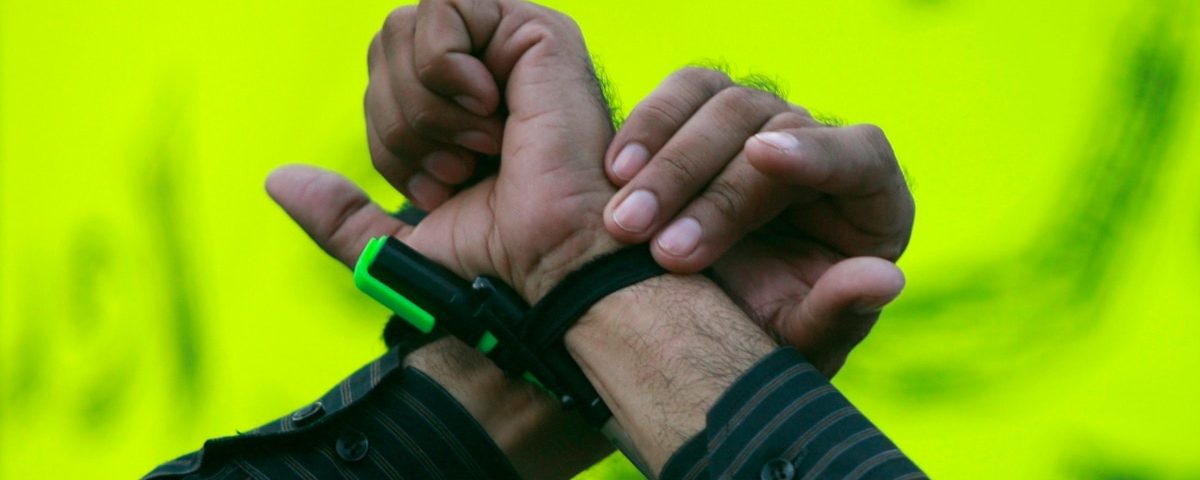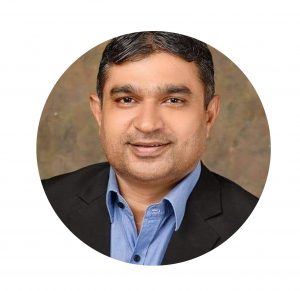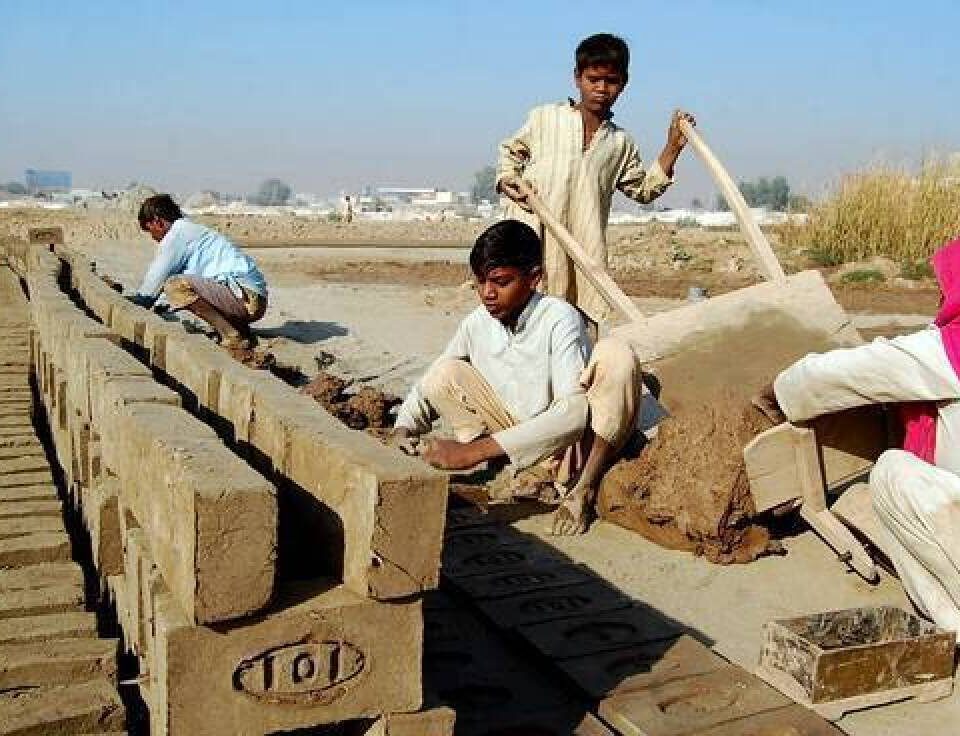Challenges faced by Pakistani media

What can ordinary people do to combat climate change?
August 26, 2022Challenges faced by Pakistani media

(Ghulam Mustafa)
Currently more than 20 thousand journalists are working in Pakistan. Out of which 5% are women i.e. 1000. Out of these 20 thousand, 200 journalists belong to minority groups or minorities. While the number of work force working in media houses electronic media, print media and digital media is up to 2 lakh.
Safety and security
From 2000 to 2017, 120 journalists have been killed in the line of duty in Pakistan. While in 20000, 2000 journalists were somehow attacked, injured, kidnapped and remained in danger.
Out of these 120 murdered journalists, 16 are journalists who were working in the war zone. And the tragedy is that these journalists were being employed by their organizations without salary.
According to a recent survey, 63 percent of Pakistani TV viewers are now leaving news channels and watching entertainment channels, sports and Turkish soap. Only 37 percent of viewers are still interested in news channels. Out of these 37 percent, 16 percent people watch Geo News while the remaining 21 percent watch all the other channels. The main reason for the decreasing interest of Pakistani viewers in news channels is the deteriorating news screen. Which creates an emotional state in the viewers. The new trend of creating news instead of reporting news has given rise to new challenges for professional journalism and professional journalists.
Dams are built on the rivers to prevent and control the floods as a result of rains, dams and barrages are built to control the flood water. Because if the flood water is not controlled, it destroys the settlements. And by drinking the flood water, the nation becomes sick. Similarly, there is a flood of information and information in the country at this time, which is getting faster and faster every moment through print media, electronic media and social media. Even so much information is being received on our WhatsApp in one minute that we are unable to see and read it.
In newsrooms to keep up with this deluge of information. Desk work, quality control producers, video editing desks are actually barrages and dams through which this flood of information is controlled, the news is treated and passed through the stages of editing and checking. But the editorial institution in the media houses is weak and dying day by day, unable to stem this flood. As a result of which untreated and unedited information has been delivered to the nation, the nation has been made mentally ill. The nation watching the TV screen in a state of excitement has been made sick.
In such a situation when another toy is being handed to every reporter. Do the shoot yourself from your mobile phone, write the script yourself and do the voice over from the same mobile phone and edit the video from the same smartphone and send the news package directly to the newsroom. As a result, the TV screen is getting worse in the near future. It is estimated that this will further reduce the number of viewers watching TV by 37%.
In such circumstances, professional journalism and journalists are facing 10 major challenges in Pakistan, which is the need of the hour to face.
11. Currently, Pakistani media is divided into two parts, one of the self-styled bodies is called mainstream media (national media), while the other is named regional media or local media. The mainstream media itself is also divided on political grounds. Discussion of neutral national narrative is the main function of mainstream media. The mainstream media does not seem to be doing its duty. Kashmir appears in the mainstream media only when there is an earthquake. Khyber Agency Mainstream media is visible when a suicide bomber explodes there. Balochistan appears in the mainstream media when a terrorist incident takes place there. On the other hand, the same mainstream media is seen to be promoting the agenda of some political party. Which can be well expressed by its news formatting and programming.
22. On the other hand, the same mainstream media has failed to highlight the public issues raised by local media or regional media, which are really public issues and public issues. Sometimes all the threads of the mainstream media seem to cover only political statements and statements of political parties. This attitude of mainstream media has forced the public to watch entertainment channels instead of news channels. A clear example of which is the day when SP Rao Anwar of Malir was suspended in Karachi. On the other hand, dozens of people were killed in a bomb blast in a mosque in Khyber Agency on the same day. But for the mainstream media, the news of Rao Anwar’s suspension was important, it was the headline story of major national channels for several hours. While the loss of human lives in Khyber Agency did not find a place in this so-called national media.
That is, what people consider as news. The mainstream media does not report it. Neither mainstream media has any space for this issue. Mohsin Bhopali had said the same for the media.
The news that the heart has. There is no news
The news that the heart has. There is no news
33. There is a term used worldwide (hard posting). That the perks of a designated journalist and the facilities and privileges he gets are more than that of a general journalist, where there is a conflict zone in the area where there are more dangers. For example, the salary and benefits of a CNN reporter working in New York will be lower than that of a reporter serving in Afghanistan. The compensation and benefits of a journalist serving in Kabul will be higher than that of ordinary journalists in any case.
But unfortunately it is completely opposite in Pakistani media. Be it the conflict zones of Balochistan and FATA, or the desert areas of Sindh, the wages and benefits of journalists working there are quite modest. Whereas in comparison, the privileges of journalists working in air-conditioned newsrooms of Karachi, Lahore and Islamabad are more than those of journalists with hard postings. This concept has to be changed in Pakistani media industry. This is the third big challenge of the time.
44. The tragedy of Pakistani media is that Pakistani media has become a camera-dominated media. It is understood that whoever doesn’t have a camera is probably not a journalist and has no importance anymore. As a professional reporter or presenter, if the camera is on you, you should try to get away from the camera as quickly as possible. Because the longer you stay on camera, your personality starts to get exposed. Your weaknesses and shortcomings begin to show to people. . Reporters on camera never have notes in hand. These notes are of great help to a reporter in reporting the news. But the attitude of leaving without notice has also alienated the common viewer from the news channel.
55. Pakistani journalism is also facing a huge challenge that it has to immediately separate the category of anchor person, presenter and a journalist. It happens that a gentleman who has nothing to do with journalism even remotely. Who has never done basic reporting in his life. He is considering himself a journalist by presenting two or four programs on the TV screen. And the whole nation is turning him into a journalist. And this is the so-called journalist who is asking the relatives of the deceased how they are feeling. And all the mistakes made by it are put in the account of qualified journalists. Journalists of Pakistan will soon have to make these categories whether a person is a journalist or an anchor and presenter. . Anchor presenter and journalist categories will be done separately
66. It has now become a common practice that a rumor circulating on social media appears on the screen of a news channel in the form of news within no time. When people follow a journalist on social media, they are expecting news from you, not rumours. And if they get a rumor instead, they become suspicious. So the trend of turning rumor into news channel news has to be stopped.
77. Following the culture of live news, within newsrooms there must now be categories of which reporter will cover the news live and who will not. Which reporter will give live beeper and who will not. . Which reporter will cover sensitive reporting and issues and who will not? And the most important thing is that now every journalist has to follow journalistic codes and values.
88. In the era of rating, Pakistani media has reached such an extreme that instead of reporting the news, it is bent on creating the news, which is not acceptable in any way. This dangerous trend has shaken the foundations of journalism. A reporter is asked by the newsroom to make a story. Spice up any news. Add something to this news. Creating news is not right at all and media managers have to change their attitude now.
99. For twenty years, teachers taught us in newsrooms that all journalism is a game of current affairs. But with us, the new trend is that current affairs are only politics. Which is not correct at all. All current affairs programs seem to cover only political rhetoric. We have to create a new window for such media managers to show and explain to them what is affecting our daily lives. That is the current affair. That should be the subject of our programs now. This trend needs to be looked at anew and changed.
1010. Another big and dangerous trend that is developing. The challenge to change is to turn desires into resources. The reporter is saying on the TV screen that the sources have to say this. Or the observers think. These are not sources and observers. These are the wishes of the reporter which he is presenting as news. . (We understand that sources and sources are very sacred, but it is not acceptable to call desires as sources or to wear the cloak of an observer.
These are the complex challenges by tackling which we can make journalism and the TV screen to some extent acceptable to the public.
Considering these challenges, there are some solutions. It is very important to consider them.
1. All newspapers should write a joint editorial in case of attack on any journalist. This joint editorial will be able to wrangle the government and agencies to some extent.
2. Media houses should be obliged to arrange training for journalists and workers working in conflict zones and war zones. And they should also be made bound that they will insure journalists and media workers.
3. There should be a safety fund for the affected journalists and their families. Which should be spent on their rehabilitation.
4. Any attack on a journalist should be dealt with under ATC. His case should be registered under the Terrorism Act.
5. The concept of immunity from punishment should be abolished. And in this regard, separate special prosecutors should be appointed for speedy trial of journalists’ cases.
6. Special legislation should be made regarding the Generalist Safety Law at the federal and provincial levels.
We believe that by following these suggestions we can protect journalists to some extent.



